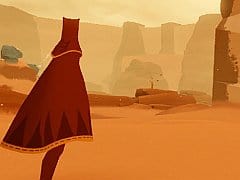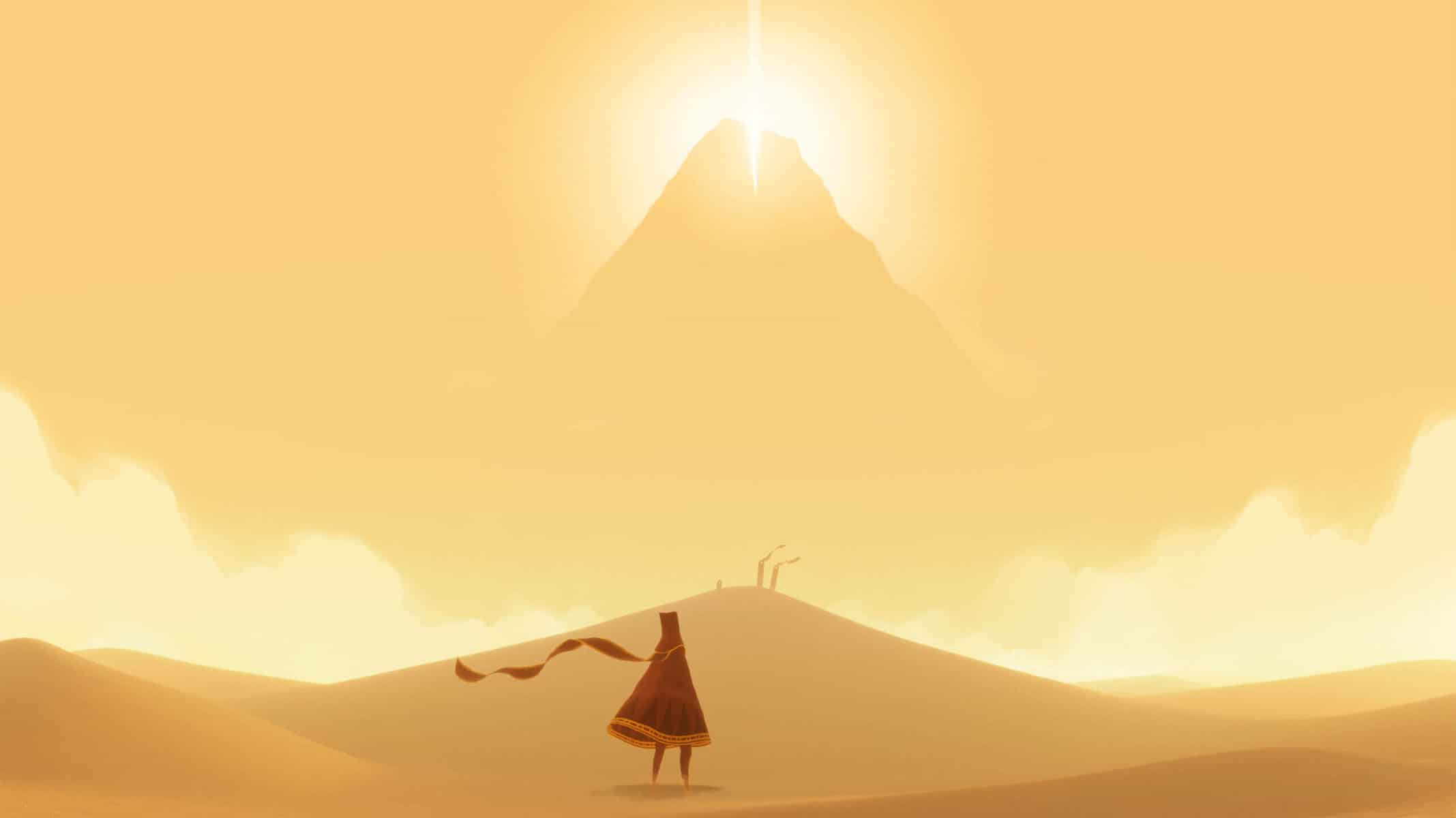You can trust VideoGamer. Our team of gaming experts spend hours testing and reviewing the latest games, to ensure you're reading the most comprehensive guide possible. Rest assured, all imagery and advice is unique and original. Check out how we test and review games here
It might only have three games to its name, but since the mid-00’s thatgamecompany’s output has been the bread and butter of armchair Game Studies enthusiasts hungry for intelligent discourse. flOw began as Jenova Chen’s graduation thesis, as a game which sought to find a way to elicit complex emotions from its players, and in doing so helped make a name for the studio as a thinking man’s developer when the game came to PS3. Flower, the next title, was a kind of meditative piece where players directed petals by controlling the wind. The game was considered to be the studio’s first step out of the safety of academia, but was still slotted into the makeshift category of “first-person thinker” by the TGC team.
Now the studio has come out with their third title. Journey is a game where players, cast as robed nomads, can meet with strangers and travel freely through a vast desert landscape. With no mini-map, or hint system, and only a vague objective that nudges you toward a distant mountain, you (and your possible acquaintance) explore old, possibly mystical ruins and odd, sometimes baffling magical objects.
Floating cloths can be collected and used to fly for short periods. A series of runes, popped in the ground like headstones, litter one particular area, each carved with its own symbol that mysteriously lights as you interact with it. Why? Your guess is as good as mine. But befuddlement is the incentive to keep exploring, which gives Journey a similar sense to The Path, another artistically-leaning title which lets you explore your environment with little attempt at providing direction.
Journey’s minimalist premise is motivated by a question of how to change the landscape of multiplayer so social interaction is actually meaningful to players. In the past Chen has spoken about how multiplayer gaming has been driven by a typical defeat/kill/win mentality and thatgamecompany’s aim has been to make a space where communication goes beyond that. An early prototype for Journey showed some of the issues made by forcing players to collaborate. Originally a prototype of the game went under the title Dragon, which threw a group of people together and had them try and work out ways of drawing a large creature away from one another. It turned out that things became too easy for players to stop caring about one another and concentrate on their own objectives.
In many ways Journey goes beyond Dragon’s experiments with player behaviour, giving participants only the most basic abilities for interaction and allowing them to drop in and out of groups at will. The game purposely omits voice and text chat, leaving you with a one-button system for interacting with the other player; a button-press that causes a kind of echoing shout which can be used either at random or to help players locate each other when lost. Journey passively matches you up with other players at a similar point in the game but these are non-binding meet ups, and you’ll simply be disconnected from the other should you choose to ignore the other player and wander in your own direction. It’s the same kind of anonymous friendship as the kind seen in Demon’s Souls, where players could meander in and out of your world.
Chen is quick to add that the game can be played on your own. Co-op is possible but not necessary, and multiplayer has an introspective tilt even when you do play with others. You can’t choose who you play with, or even intentionally seek them out again if you enjoyed your time with them. Where most online co-op lets you transport your real-world social life into the game, Journey attempts to keep you from breaking the fourth wall by restricting you to nomadic strangers who enter and exit your game at will. thatgamecompany hopes for players to avoid the pressures of keeping up with their friends and instead to play how they want, at their own pace and to, as they describe it, “maintain their own identity”. Players don’t even get to use their names, instead creating their own symbol to represent them when calling out to other players.
thatgamecompany is remaining very tight-lipped about the rest of the content. What lies beyond the dunes? What is at the mountain? What is the story behind the ruins scattered through every zone? Will the game keep to the studio’s signature zen-like tendencies and simply be an exploratory romp? Regardless, Journey remains one of the most intriguing games of 2011.
Journey will be released via PSN for the PS3 later this year.
Journey
- Platform(s): iOS, PC, PlayStation 3, PlayStation 4
- Genre(s): Adventure, Family, Indie

/https://oimg.videogamer.com/images/08b5/journey_4.jpg)






